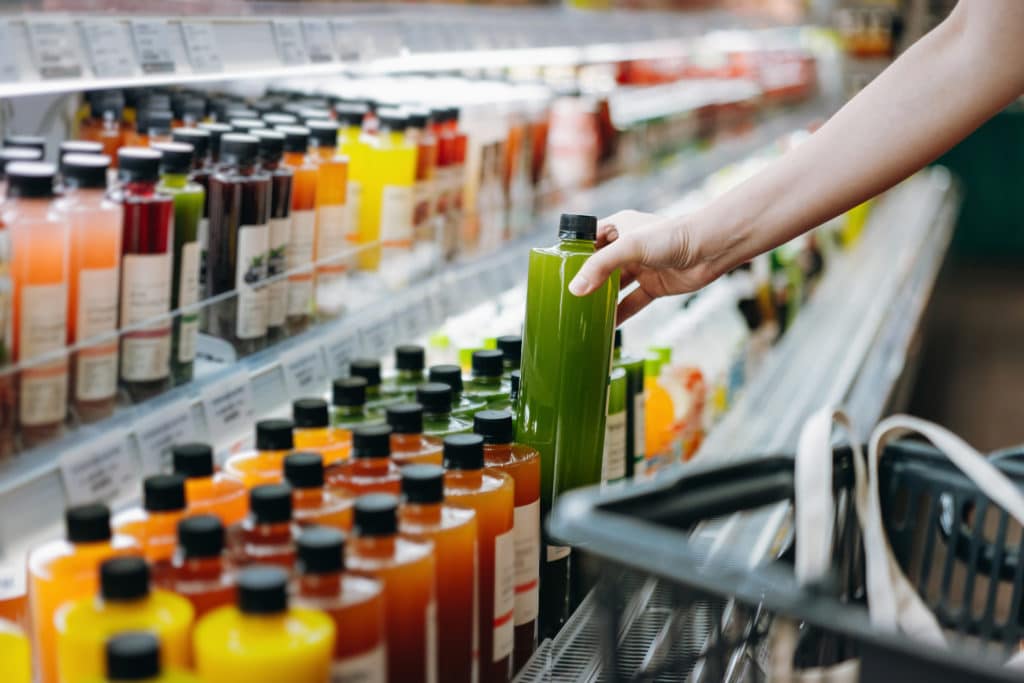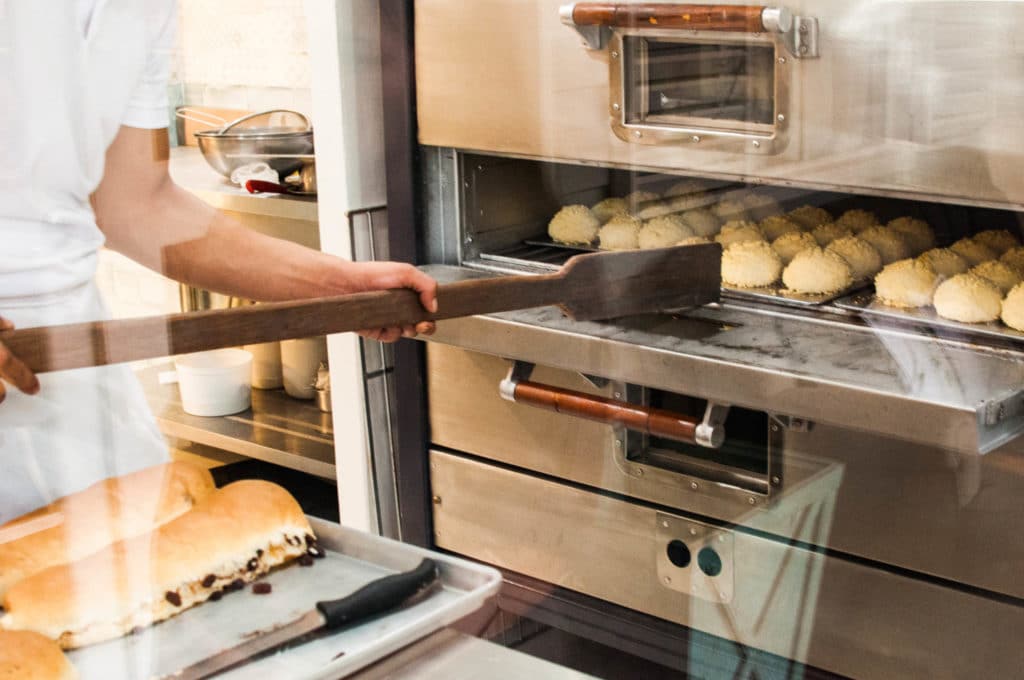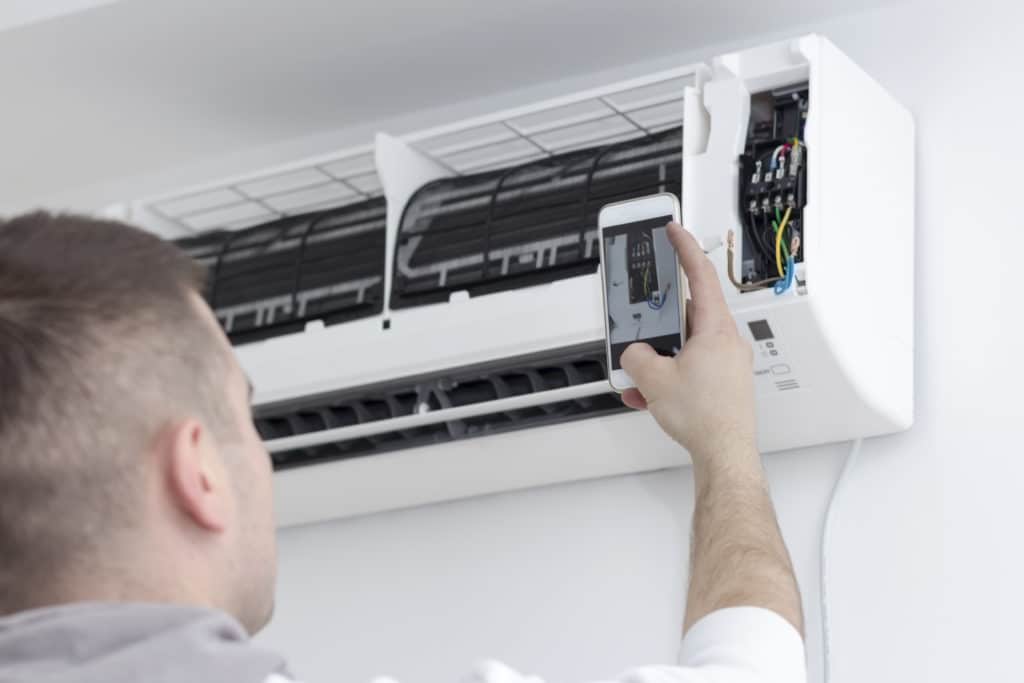Why Grocery Businesses Should Prepare for Cashierless Checkout Technology
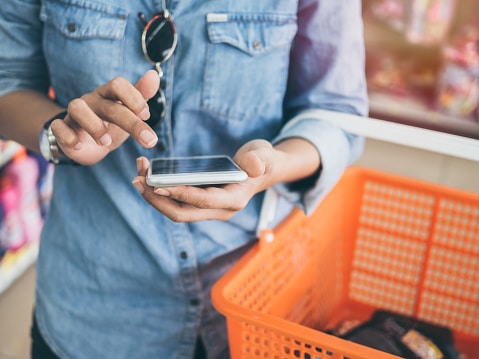
Standing in lines has been the bane of the grocery shopper’s existence since supermarkets first popped up in neighborhoods around the country. Supermarket chains have employed all sorts of gimmicks and technologies to solve this problem – everything from three’s a crowd that relied on more cashiers to self check-out stations that relied on none.
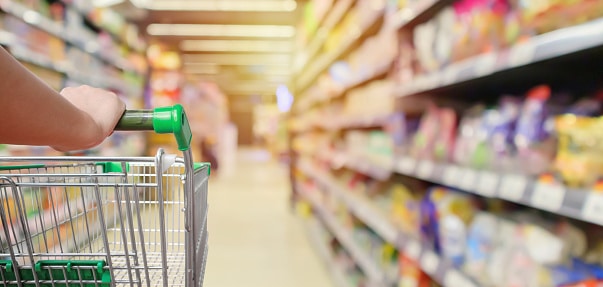
Now, digital transformation is offering up perhaps the ultimate solution: Eliminate the check-out process altogether. There are various ways a store can accomplish this, but one that’s recently been making headlines is the concept of “cashierless checkout.” Customers simply stroll in, scan a QR code on their mobile device, fill their carts, bag their purchases, and stroll out – with the hassle of waiting to pay a now-distant memory. How does this work? A collection of AI-enabled sensors and cameras keep track of who enters the store and which items they remove from the shelves, adding them to a digital tab. The final tally is charged to the customer’s card when he or she passes through another set of sensors at the store’s exit.
The initial concept of the cashierless store can be credited to Amazon, the Internet mega-retailer that began its expansion into the grocery space with its purchase of Whole Foods in 2017. After a proof-of-concept run, Amazon is planning to go nationwide with cashierless stores next year. But it’s not the only player in the automated grocery game: Other up-and-coming competitors include San Francisco-based Zippin, along with international retailers Hema (owned by Alibaba) and Dutch grocery chain Albert Heijn.
Like it or not, cashierless checkout technology is on its way to becoming the new norm – and it’s going to impact everyone in the grocery store business, including facilities management. Stores who fail to undergo digital transformation across all facets of their operations today will have some catching up to do later on. Especially in major metropolitan areas, it’s only a matter of months before high-tech competitors begin to make an appearance.
Here’s how to prepare your grocery business for cashierless checkout technology, even if you aren’t quite ready to implement it.
Cater to the Omnichannel Shopper
Let’s face it: Today’s grocery store shoppers are looking for convenience above all else. Sure, the prices you offer and quality of goods for sale still play a role, but most consumers are quick to turn to a competitor if it takes them ages to find all the items on their list and get out the door. This is why Amazon Go’s cashierless checkout concept has been so successful, solving for one of the most frequently cited complaints against the grocery store customer experience.
Fortunately, there are other solutions that grocery stores can begin to enact that have a major impact on the “convenience factor” – and these are a bit less costly than a complete cashierless overhaul, at least for the time being.
For starters, it’s critical to have a robust customer-facing digital interface. This can be a website or a mobile app (ideally both) where shoppers can search for products, access discounts and coupons, and place orders online. As we discovered in our recent State of Grocery Report, online grocery sales have doubled since 2016, and they’re expected to account for an estimated 20 percent of grocery spending by 2025. That said, if you can devote the resources to it, offering online grocery shopping and delivery or curbside pickup will open up your business to a wider range of consumers. This includes the burgeoning segment of “omnichannel shoppers” who regularly shop online, in stores, and purchase meal kits.
According to the same report, when shopping in person at a brick-and-mortar establishment, omnichannel shoppers also prefer an “all-in-one experience.” This means having access to extra services such as banking kiosks, pack-and-ship stations, coffee bars, or play areas for children. While the majority of omnichannel shoppers (58 percent) identify as Millennials or Gen Z, a good number of older consumers are also looking for these types of convenient features at their grocery store – meaning that idea for an in-store juice bar shouldn’t be overlooked, even if your target demographic skews older.
Of course, with extra amenities comes extra assets and the need for more robust FM capabilities. This brings us to our next recommendation:
Get Your FM Program Up to Speed
The grocery store of the future, dominated by cashierless checkout and other unique amenities and technology, will require a strong underlying digital and physical infrastructure in order to function properly. When convenience-focused tech becomes the norm, customers will be able to get in and out of grocery stores more quickly than ever. Hiring and staffing will also change – without the need for cashiers, stores will be able to allocate more workers to inventory control and customer experience-focused roles.

Ideally, this means stores will be able to handle a greater volume of shoppers and a faster pace of business overall. It also means, however, that any equipment breakdowns and subsequent downtime will be much more harmful to business – especially with the increasing popularity of prepared foods, which need to be kept cold. This is why it’s so vital that today’s grocery stores dedicate sufficient resources towards facility management, with a focus on preventive maintenance and strategic asset management. Enter facilities management software.
FM software allows businesses to move from a reactive approach to store maintenance to a smarter, forward-thinking maintenance program that focuses on preventive repairs and planning. It combines asset management, work order automation, and contractor sourcing features to streamline the entire R&M process across multiple grocery store locations. It also provides a centralized data analytics platform through which store managers, FMs, and corporate employees can keep tabs on KPIs in order to maintain a consistent customer experience from store to store.
Work order automation features, for example, ensure that even the smallest of repairs are prioritized and carried out on time – whether it’s a leaking refrigerator or a flickering light fixture. Plus, high-tech assets like digitized displays and checkout kiosks can be monitored more closely with FM software, serviced by qualified, experienced technicians according to a predetermined schedule.
Embrace Digital Transformation Throughout
By now, it should be pretty clear that technology is permeating the modern-day grocery shopping experience. In fact, our State of Grocery Report found that it’s a make-or-break factor for omnichannel shoppers – 61 percent have walked out of a store because it lacked tech amenities such as self-checkout, Wi-Fi, or price check kiosks. Cashierless checkout is next to be added to this list. Stores that haven’t at least implemented the aforementioned “basics” should consider making the investment ASAP.
Perhaps more importantly, however, is what happens in the background before and after technological features like self-checkout have been implemented. Think about the number of stores you’ve visited where a tech feature was available but rendered useless due to other flaws in the system – a faulty wireless internet connection making it impossible to load your mobile app and scan your discount code, or a self-checkout kiosk with a broken touchscreen. Frustrating, right?
In many cases, stores are so preoccupied with “old-school” maintenance activities that they forget to prioritize the upkeep of their new technology. Either that, or the new technology is overshadowed by a lack of basic functionality or cleanliness. A store with a dirty bathroom or spoiled produce will be far more detrimental to overall customer experience than not offering a mobile app.
In other words, make sure your back-end operations (such as FM and inventory management) are keeping up with your front-end (a.k.a. customer-facing) technology, and that your business is undergoing a truly holistic digital transformation that considers every element of day-to-day functioning.
Final Thoughts
Today’s grocery shoppers have exceedingly high expectations. They want convenience, quality, and excellent customer service – regardless of whether they shop for groceries in person or online. These expectations will continue to soar as more technologies are integrated into brick-and-mortar stores, cashierless checkout technology being one of the most promising and rapidly growing of the lot.
If you’re thinking about jumping on the cashierless checkout bandwagon in the future, make sure your business has undergone a complete digital transformation beforehand, and that your underlying infrastructure is properly prepared. Facilities management software should be considered mandatory: Without it, your store is unlikely to be able to handle the pressure of high-speed purchasing and fall victim to frequent breakdowns, lags in service, and subsequently poor customer experience.


